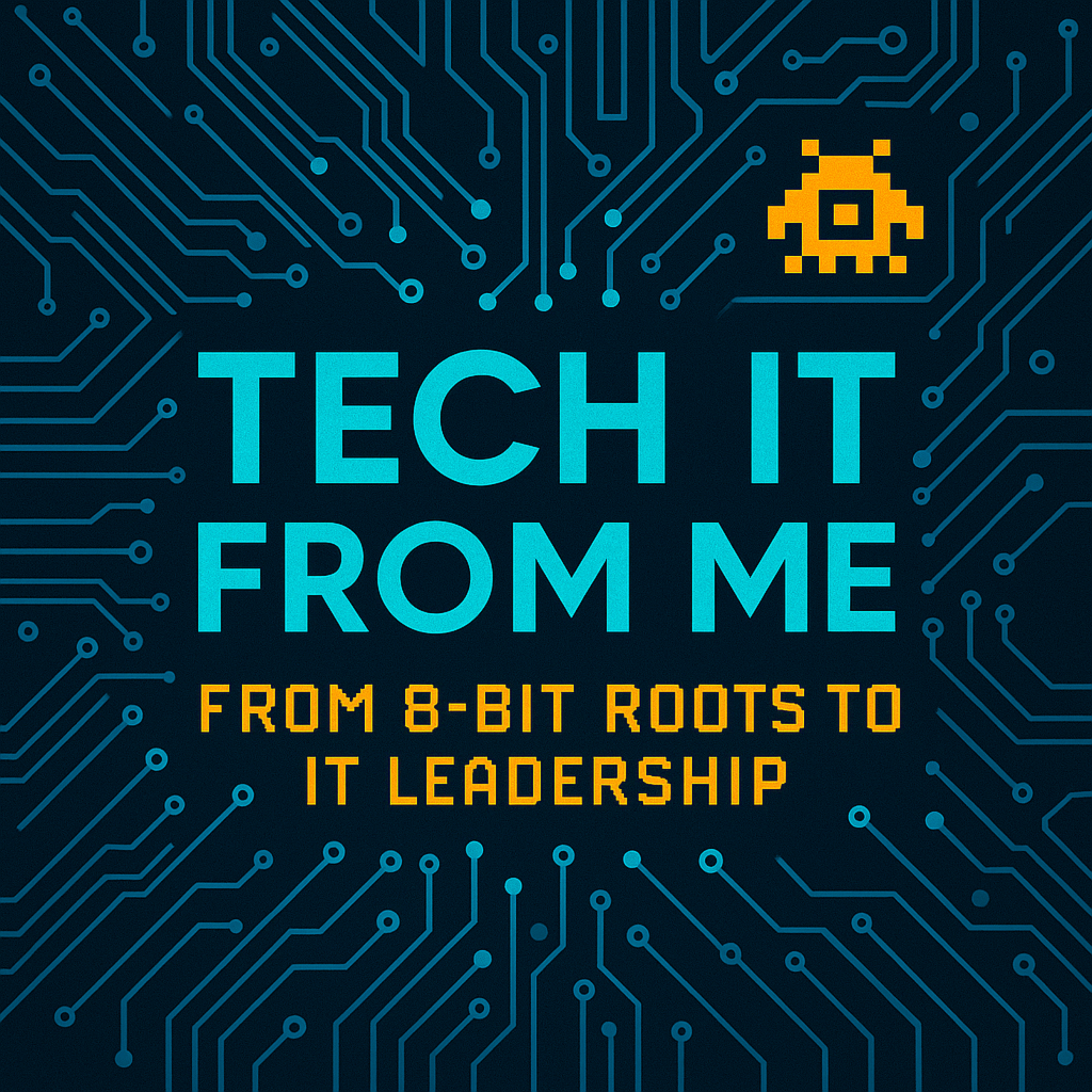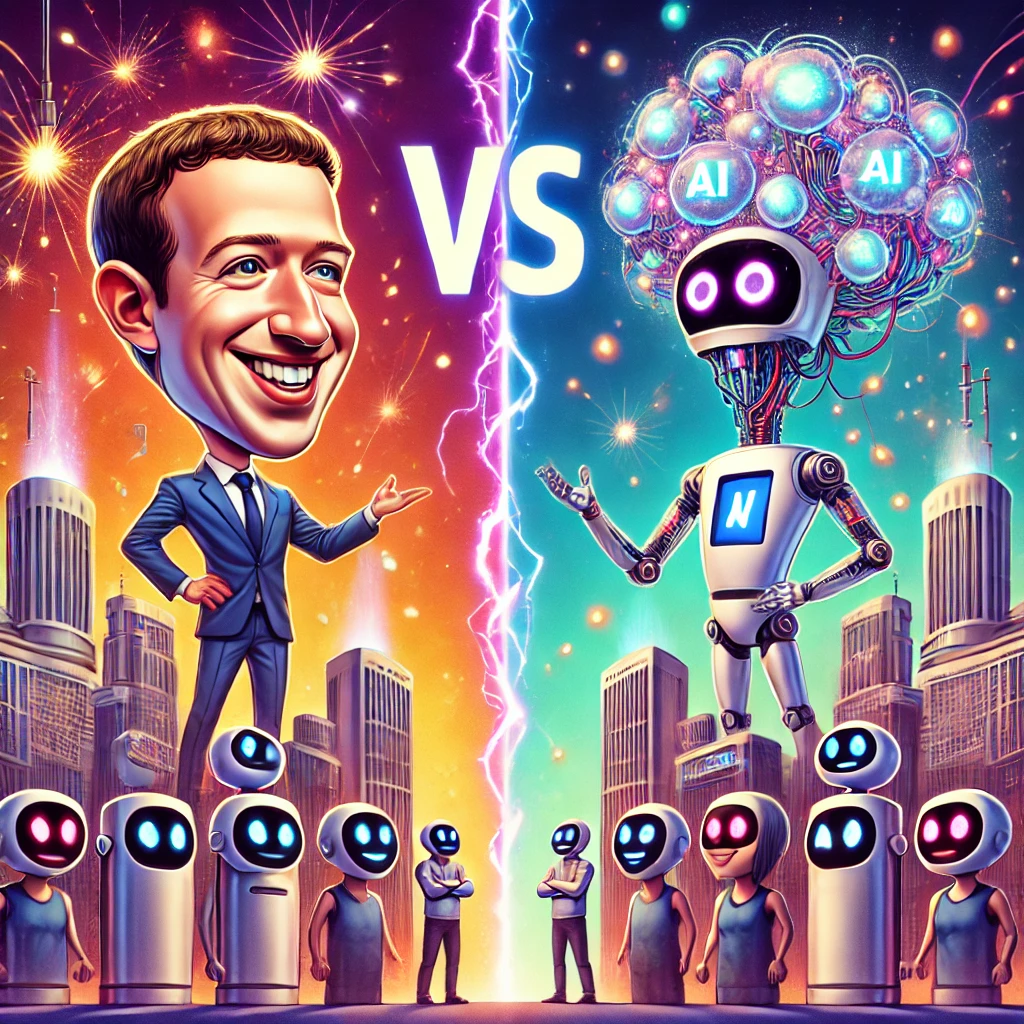In the ever-evolving world of AI, it’s not every day that one of the tech giants pivots its entire public narrative. But that’s exactly what Meta CEO Mark Zuckerberg did in a recent manifesto-style post.
Rather than pushing for a single, centralized artificial general intelligence (AGI) — the “one AI to rule them all” approach — Zuckerberg outlined a bold new vision: a personalized super-AI for every individual.
Welcome to the age of personal superintelligence — and possibly, a new chapter in the AI arms race.
Table of Contents

📣 Not One AI, But Billions of Them
For years, the prevailing narrative in AI has been the pursuit of a single, centralized artificial general intelligence — the “superbrain” that could answer any question, solve any problem, and serve the entire planet. Think of it as the Google Search of intelligence — one source, everyone taps in.
Zuckerberg’s vision flips that model on its head. Instead of one AI serving billions of people, he imagines billions of AIs serving one person each.
“Why share a general-purpose brain,” the logic goes, “when you could have one that knows you better than anyone else?”
Your personal AI could:
- Understand your schedule, routines, and energy patterns
- Mirror your tone, vocabulary, and sense of humour in every message
- Automatically sync with your social feeds, work tools, and AR glasses
Meta’s infrastructure already provides the connective tissue for this vision. Between WhatsApp, Messenger, Instagram, and Threads, they have a global user base of over 3.2 billion people — and all the cross-platform data streams to feed a highly personalized model.
It’s a leap from generic intelligence to deeply contextual intelligence — closer to a lifelong digital twin than a disposable chatbot session.
And if that sounds like something ripped from a sci-fi script, it’s because it is. From Her to Black Mirror, the idea of a constant AI companion has been a recurring trope. The difference now? The infrastructure to make it real already exists — from large language models to wearable displays and even early brain-computer interface research.
🧠 Why This Is a Big Deal
Most of today’s best-known AI tools — ChatGPT, Google Gemini, Anthropic Claude — are brilliant generalists. They can write an essay, debug code, or explain quantum physics. But here’s the catch:
They don’t know you. Every conversation starts from scratch. You’re reintroducing yourself over and over, like meeting a stranger with amnesia.
Zuckerberg’s personalized superintelligence vision flips that model. Instead of an AI that knows everything in general, you’d have one that knows you in particular:
- Context-aware: It remembers your goals, tone, and preferences.
- Memory-rich: It recalls last week’s conversation about your upcoming trip or that tricky project at work.
- Proactive: It takes initiative — preparing a presentation before you ask, flagging conflicts in your schedule, or suggesting a weekend plan based on your past choices.
It’s not just a smarter assistant — it’s the beginnings of a second brain.
If you want a deeper understanding of how these systems work at the model level, I break that down in Behind the Buzzwords: What Is a Large Language Model, Really?.
The possibilities are huge:
- Summarizing your meetings while you’re still in them
- Writing reports in your voice and style
- Coaching your presentations in real time
- Helping your kids with homework based on their learning styles
But here’s the price tag for that level of personalization: your AI would need access to almost everything about you — your files, private messages, biometric data, location history, even your voice and facial ID.
That level of intimacy is both its superpower and its Achilles’ heel. With that much of “you” inside one system, the question becomes:
Who do you trust to hold that much of yourself?
🆚 Meta, Microsoft, Apple, Google… and OpenAI
Zuckerberg’s personal superintelligence pitch doesn’t exist in a vacuum. It’s part of a much bigger battle for AI dominance — one that will define not just who leads the market, but how we interact with machines for the next decade.
Here’s how the other tech titans are playing their cards:
- Microsoft is betting on workplace supremacy. Its Copilot is embedded across Excel, Word, Outlook, and Teams, making AI an invisible productivity layer in the daily workflow of millions. As I explored in Microsoft Joins the $4 Trillion Club, this AI-first pivot is already paying off in valuation and market share.
- Apple is leaning into privacy as a selling point. With Apple Intelligence, processing happens on-device whenever possible, minimizing cloud exposure and appealing to users who distrust big data collection.
- Google is trying to weave Gemini into everything — from Search to Gmail to Android — but its strategy is split between innovating for users and protecting its ad revenue machine.
- OpenAI is staying the course toward AGI — a single, universal intelligence that can do everything for everyone. I unpack the history and ambition behind this in The Real History of AI: From Turing to Transformers.
Meta’s gamble is that people won’t just want a chatbot that answers questions — they’ll want a lifelong AI companion. A digital twin that evolves with them, remembers their milestones, and adapts to their changing needs.
If Microsoft’s Copilot is a co-worker, Apple’s AI is a privacy-first concierge, and Google’s Gemini is a search-enhanced assistant, then Meta wants to be your second self — always learning, always present, and always in your pocket (or on your face via AR glasses).
🔐 Goodbye Open Source?
Here’s where Zuckerberg’s vision takes a sharp turn.
For years, Meta positioned itself as the champion of open-source AI, releasing LLaMA models that researchers, startups, and even competitors could adapt freely. That openness was a major differentiator from the walled gardens of OpenAI, Google, and Apple.
Now, Zuckerberg says that era is over.
The reason? “Safety.” Meta claims that keeping future models closed will reduce the risk of misuse — such as generating deepfakes, automated cyberattacks, or large-scale disinformation campaigns.
But critics aren’t buying the whole story. Some argue this pivot is less about safety and more about control — keeping Meta’s next-gen models exclusive to its ecosystem and locking in a competitive edge.
This debate isn’t new. The tension between innovation and control has been simmering for years, especially as AI becomes more powerful. I’ve explored similar dynamics in Watermarking AI: Will It Change the Way We Write Forever?, where we looked at how transparency tools can both protect users and stifle creativity.
The irony is hard to miss:
- Open source fuels innovation — countless AI breakthroughs came from publicly available research and models.
- Closed systems protect IP — and keep dangerous capabilities out of the wrong hands.
The question is whether Meta can convince the world that closing the door on open AI is a step toward safety, not monopoly.
🔮 The Future: Helpful or Creepy?
The idea of a personal AI that knows you inside out sounds like a dream to some — and a nightmare to others.
On one hand, it’s the ultimate productivity tool: a tireless assistant that anticipates your needs, manages your time, and even shields you from digital clutter. Imagine waking up to an AI that has already sorted your inbox, rescheduled your meeting to avoid traffic, and prepped a personalized workout based on your sleep data.
On the other hand, it’s the perfect surveillance device — one that sees, hears, and remembers everything you do. And once that data exists, the risk of misuse, hacking, or corporate overreach becomes very real.
We’ve already seen how technology can cross the line:
- Facial recognition systems are deployed without consent in public spaces
- Algorithmic bias is influencing job offers, policing, and even medical treatment
- Phishing campaigns that exploit personal data — something I break down in How Cybercriminals Really Get Your Info
This is where Zuckerberg’s vision straddles the line between empowering and manipulative.
A personal AI could feel like an ally — or like a Black Mirror episode waiting to happen. The difference will come down to:
- Governance: Who sets the rules for how these systems operate?
- Consent: Do users truly understand what they’re agreeing to?
- Control: Can you turn it off — and can you delete everything it knows about you?
Because once an AI becomes your “second self,” the stakes aren’t just technical. They’re personal.
👋 Conclusion
Whether you’re fascinated or unnerved by Zuckerberg’s “AI for everyone” vision, one thing is clear: the AI race is no longer just about building smarter models — it’s about controlling the interface between humans and machines.
The real power isn’t in the code alone. It’s in who gets to mediate your decisions, shape your habits, and filter your reality.
The next decade will be defined by choices being made right now — in corporate boardrooms, in policy discussions, and in the way each of us adopts (or rejects) these tools.
If your company still treats AI as “just another chatbot,” it’s already behind. If you’re still thinking of AI as something separate from your daily life, you may be surprised how quickly it becomes woven into it — by choice or by default.
Because whether your AI lives in your phone, your glasses, or someday in your neural implant, the most important question will remain the same:
Is it working for you — or are you working for it?
(Feature image generated with the help of DALL-E)

